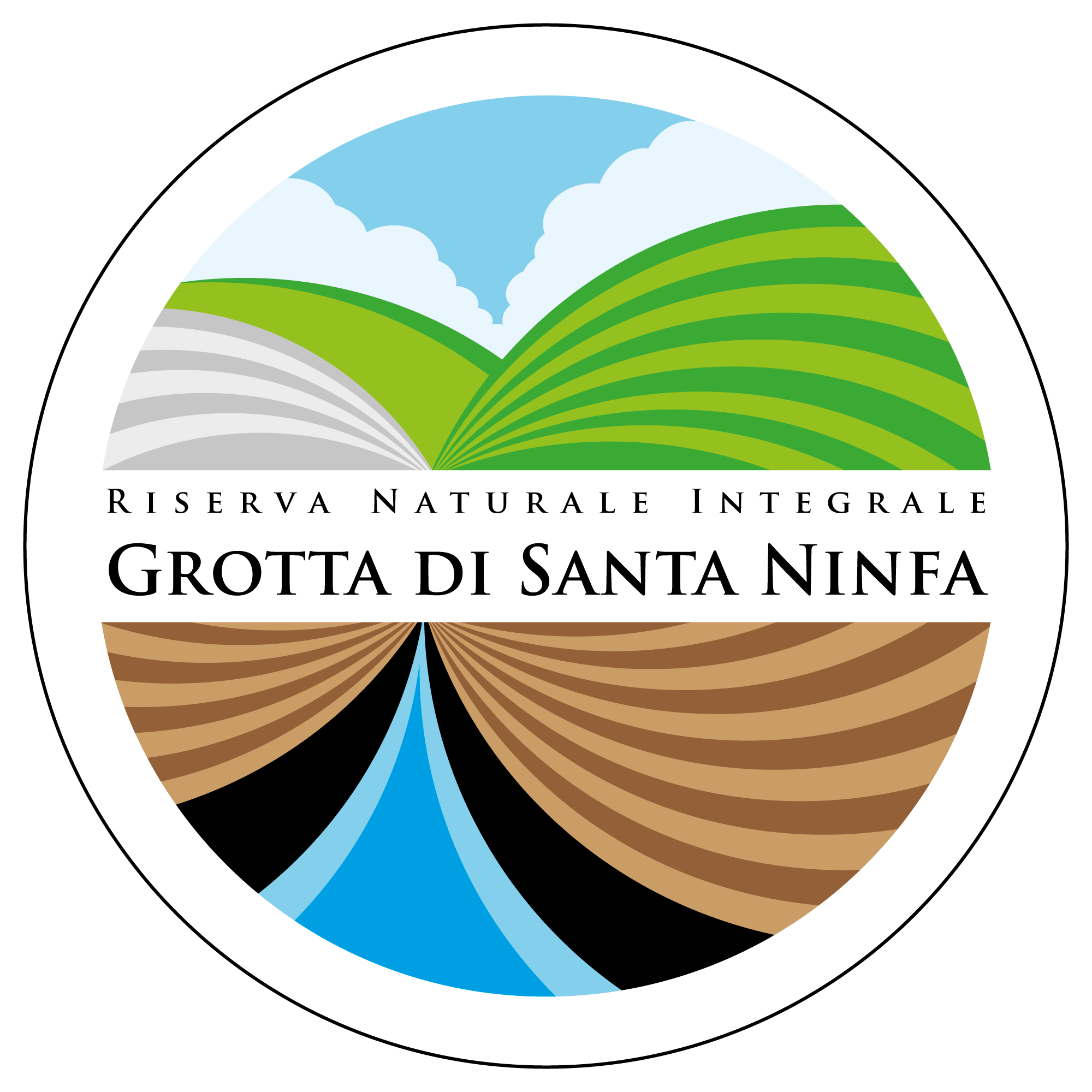
Gypsum’s uses in art
Since de antiquity gypsum has been used both as component of the preparatory layers for the board or wood sculpture, both as an element for the realization of important sculptural works.
Cennino Cennini has described in the book ‘’Libro dell’Arte (XVI sec.)’’ the use of two type of gypsum for the preparation of works of art: ‘’the gesso grosso (big chalk), the chalky alabaster of Volterra, that was sold in stones and it request grinding; and the ‘’gesso fine, that is the gypsum that was turn off in the water, it has a thin granularity and was sold by spice merchants.
Starting from 700 for the wood sculptures has been imposed a technique of pictorial decoration based on plaster made of coloured chalk; it when was dry, was sand until it became porcelain.
In the Belices’ Valley we can found some examples of this type of decoration: the ‘’Santa Rosolia del Begnasco’’ (in Santa Ninfa) and the ‘’Immacolata’’ made by Quattrocchi (in Partanna).
The gypsum was used also for the preparation of decorative apparatus. Giacomo Serpotta (Palermo 1652- 1732) started a revolution renovating the plaster technique, that belongs traditionally to the working- class and was considered poor, in an elegant and refined art that decorate numerous churches and oratories of Palermo.
In the Belices’ Valley some example of this decoration made of Serpotta are in the ‘’Chiesa madre’’ in Partanna that was decorated by the sculptor Vincenzo Messina that studied in the Ferraro da Giuliana’s school.
The Plasters of the San Domenicos’s church in Castelvetrano.
Was build in 1470 by the Tagliavia’s family in Castelvetrano; inside it there are some beautiful decorations made by plaster and fresco in mannerist style realized between 1574 e 1580 by the Ferraro’s family at the behest of Carlo Aragona Tagliavia that was a Sicilian noble esteemed by Spanish kings and appoint of important offices of the kingdom.
The ‘’Cappellone’’ ‘s plasters and in the ‘’cappella del coro’’ are made of many statues, low relief, frescos and grotesque decorations that represent the Old and New Testament.
The particular decorative and architectural apparatus, and its artistic quality of the sculptures, make this work the most important example of the mannerist’s Sicilian culture.
